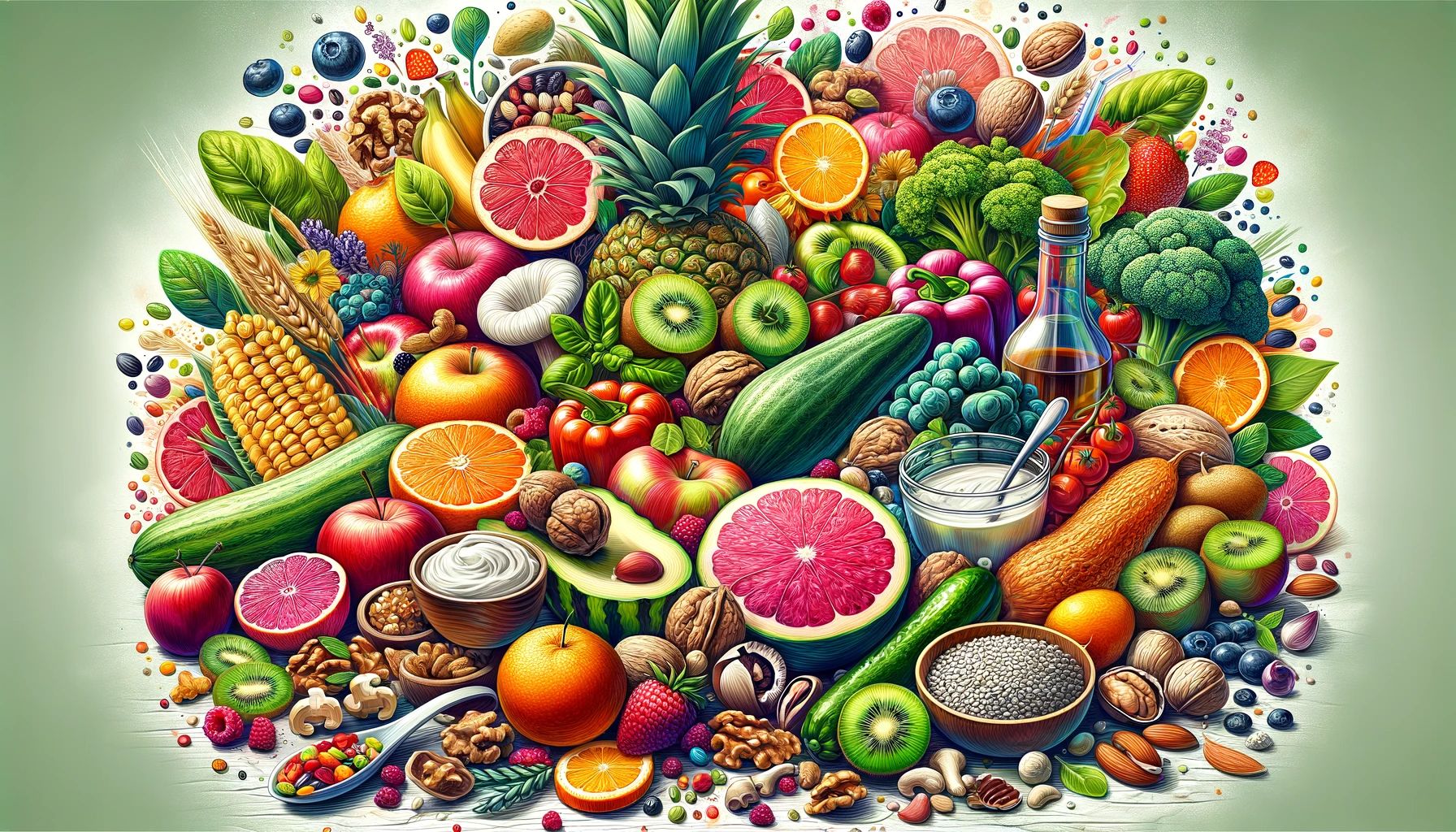Uncovering the Raw Food Diet: Benefits, Drawbacks, and Myths Demystified

The raw food diet, which involves consuming foods in their uncooked, unprocessed state, has gained popularity as a means to promote health and well-being. This article aims to explore the intricacies of this dietary approach, discussing its benefits and drawbacks, and dispelling common myths associated with it.
Benefits of the Raw Food Diet
- High Nutrient Intake: Raw foods, particularly fruits, vegetables, nuts, and seeds, are rich in essential vitamins and minerals.
- Weight Loss: Often lower in calories and higher in fiber, raw foods can help in weight management.
- Improved Digestion: Natural enzymes in raw foods aid digestion and absorption of nutrients.
- Reduced Risk of Diseases: Consuming a variety of raw foods can lower the risk of heart disease, diabetes, and some cancers.
- Increased Energy Levels: Many adherents report heightened energy and improved mental clarity.
Drawbacks of the Raw Food Diet
- Nutritional Deficiencies: Strict raw diets may lack essential nutrients like protein, iron, calcium, and B12.
- Digestive Issues: Some individuals may experience bloating and poor digestion due to high fiber content.
- Food Safety Concerns: Uncooked foods carry a higher risk of foodborne illnesses.
- Limited Food Choices: This diet can be restrictive and socially challenging.
- Potential for Weight Loss Extremes: Excessive weight loss and eating disorders can be a risk.
Debunking Myths About the Raw Food Diet
- Myth: Cooking Always Destroys Nutrients. Reality: While some nutrients are sensitive to heat, cooking can also make certain nutrients more bioavailable.
- Myth: Raw Food Diet is Suitable for Everyone. Reality: Individual nutritional needs vary, and this diet may not be suitable for everyone, especially children, pregnant women, and those with certain medical conditions.
- Myth: Raw Food Diet Guarantees Weight Loss. Reality: Weight loss depends on overall calorie intake and expenditure, not just diet type.
- Myth: Raw Foods are More Nutritious than Cooked Foods. Reality: Both raw and cooked foods have unique nutritional profiles and benefits.
- Myth: Eating Raw is Always Safe. Reality: Raw diets can pose risks of foodborne illnesses.
- Myth: Raw Food Diet is Easy to Follow. Reality: It requires significant planning and preparation to ensure balanced nutrition.
- Myth: All Raw Foods are Healthy. Reality: Not all raw foods are nutritious (e.g., raw sugars, oils).
- Myth: Raw Diet Cures All Diseases. Reality: While it can support health, it is not a panacea.
- Myth: Raw Foodists Don't Eat Carbohydrates. Reality: Fruits, vegetables, and sprouted grains are sources of healthy carbs.
- Myth: Raw Food Diet is Expensive. Reality: It can be affordable with seasonal and bulk purchasing.
Conclusion
The raw food diet, while offering several health benefits, is not without its challenges and potential drawbacks. It is essential to approach this diet with a balanced perspective, considering individual health needs and dietary preferences. Dispelling myths and understanding the nuances of raw foodism can help individuals make informed choices about incorporating raw foods into their diet.